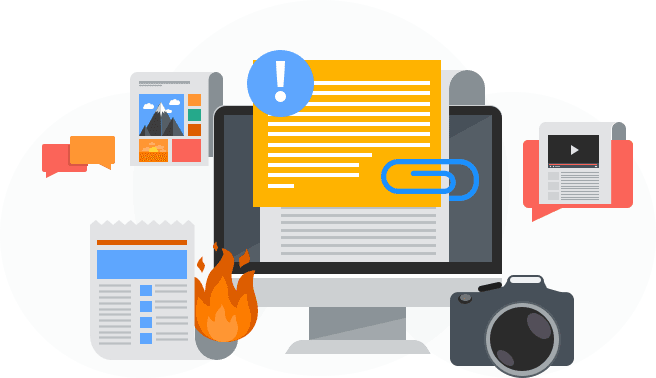Transcription provides numerous advantages in the field of education and e-learning, enriching the learning experience for both educators and students:
Accessibility: Transcriptions make educational content more accessible to students with hearing impairments or those who prefer reading over listening.
Multimodal Learning: Transcribing lectures and educational videos allows students to engage with content through multiple modes—listening, reading, and visual cues—enhancing comprehension and retention.
Note-Taking: Transcriptions enable students to focus on understanding the material during lectures, knowing that they can refer back to detailed notes later.
Language Learning: Transcribing foreign language content helps language learners improve vocabulary, pronunciation, and language comprehension.
Inclusion and Diversity: Transcriptions support diverse learning needs, including non-native speakers, individuals with learning disabilities, and those from different cultural backgrounds.
Review and Revision: Transcriptions serve as valuable study aids, allowing students to review and revise complex concepts and lectures.
E-Learning Content: Transcribed e-learning modules and videos improve searchability and SEO, making educational content more discoverable for a broader audience.
Video Captioning: Transcriptions enable the creation of accurate captions for educational videos, improving engagement and comprehension.
Lecture Transcriptions: Transcribing lectures helps educators analyze and improve their teaching methods, making content more student-friendly.
Lecture Materials: Transcriptions serve as the basis for creating lecture handouts, study guides, and supplementary materials, promoting active learning.
Overall, transcription significantly enhances the effectiveness and inclusivity of education and e-learning. It caters to different learning styles, supports diverse learners, and provides valuable resources for both educators and students. Transcriptions facilitate better understanding, engagement, and retention of educational content, making it an essential tool in modern educational practices.








